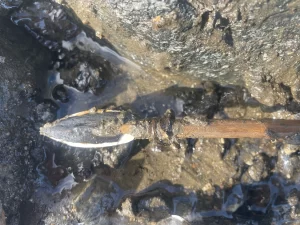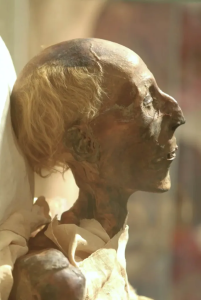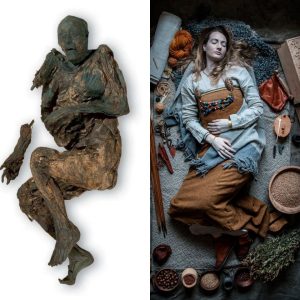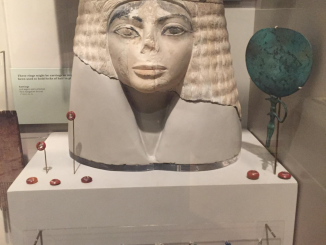
Bog bodies, or the bog people, are extremely well-preserved ancient corpses that have been discovered in the peatlands of Northern Europe. The peatlands appear to have served as mass graveyards from BCE to medieval times, and many of the bodies reveal violent deaths. From kings to commoners, adults to children, each body tells a different story of life and death. Many mummified peat bodies show amazing preservation, and the clues that accompany the mummies often reveal grim circumstances. The following are some of the most intriguing and mysterious bodies of the peatlands.
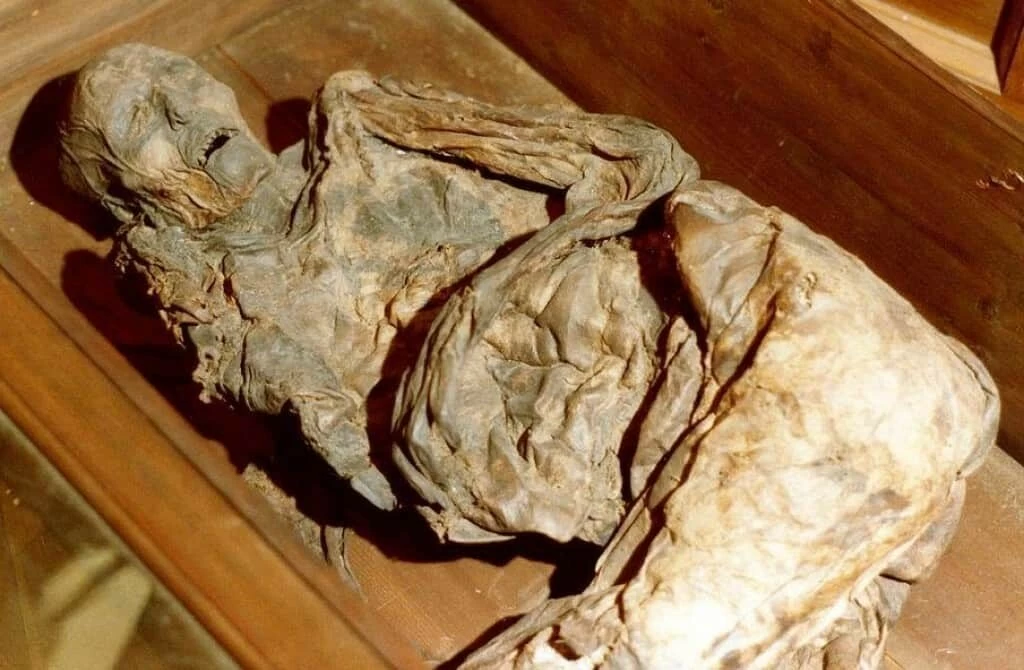
Bog bodies are well-preserved due to anaerobic and acid conditions of peatlands in Europe. Windeby Man was found in Northern Germany and dates to 41 BC-118 CE.

So amazing is the state of preservation in some of the mummified bodies that their clothes and facial expressions are the same as they had been when they were buried. Even stomach contents, skin, nails, and body hair are still present. Typically, the bodies are found when workers drain sphagnum lands and extract the peat moss. They have been turning up for some time and no one is sure how many may have been found and discarded in the past. Today, documented discoveries of the bodies number around 1000.

The areas in which these bodies were placed are near saltwater. The peat moss in these wetlands collects the salt from the air and releases acid into the water. The water then permeates throughout the cells in the corpse. Because of the acid, bacteria cannot survive in these peatlands, so the bodies do not decompose as they normally would. Instead, they slowly become mummified. Over time, the process leaves the flesh of the corpse a dark leathery brown. This preservation has given us a lot of insight into how these bog people died, and it was often not a pretty death.
The Huldremose Woman was found in Denmark in 1879. She lived during the Iron Age sometime between 160 BC and 340 AD. Analysis of the contents of her stomach indicates that she had recently eaten rye bread before her death.
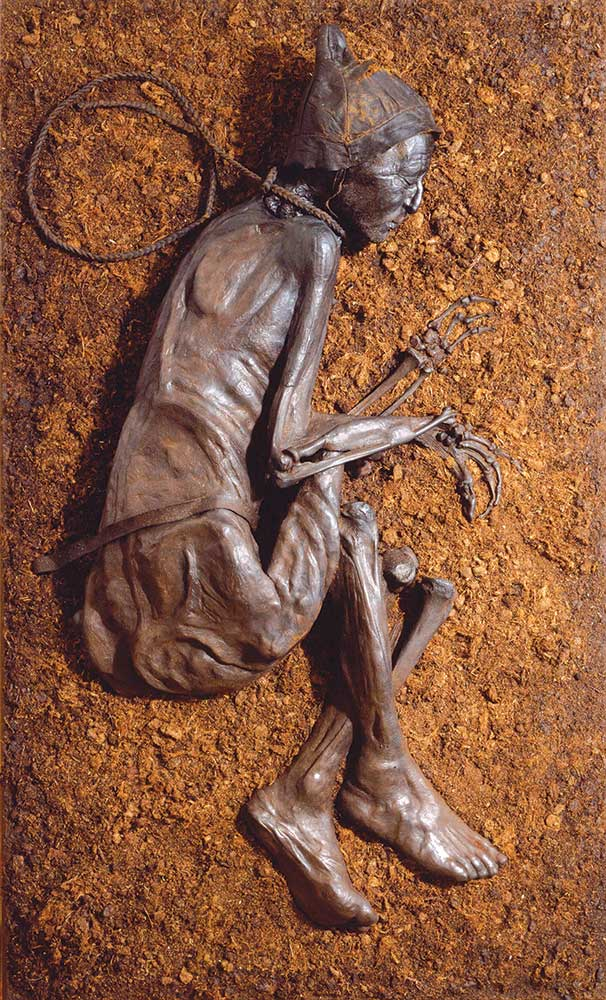
Huldremose Woman was one of the mummified bodies found in 1879 in Denmark. Circa 160 BCE – 340 CE, public domain.
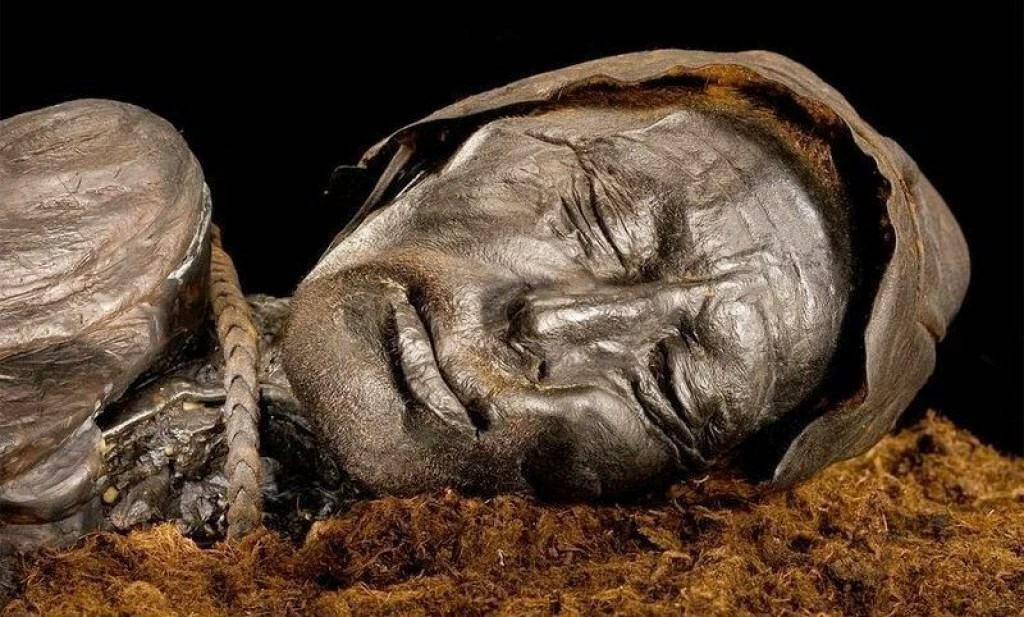
[blockquote align=”none” author=”Wikipedia, “Huldremose Woman”]Before the woman died, she had broken one of her legs, although it had healed before she died. She wore a plaid cape, a scarf, and a skirt, all made of wool. A comb and headband were found as well.
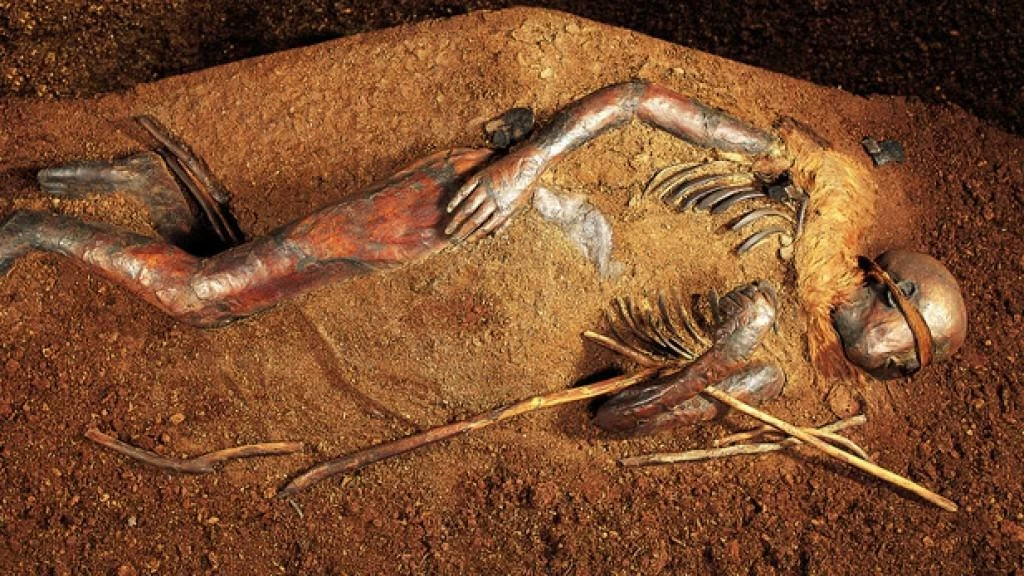
Lacerations on one of the feet were thought to be post-mortem injuries inflicted by a shovel until they were then evaluated to have happened near the time of death.
